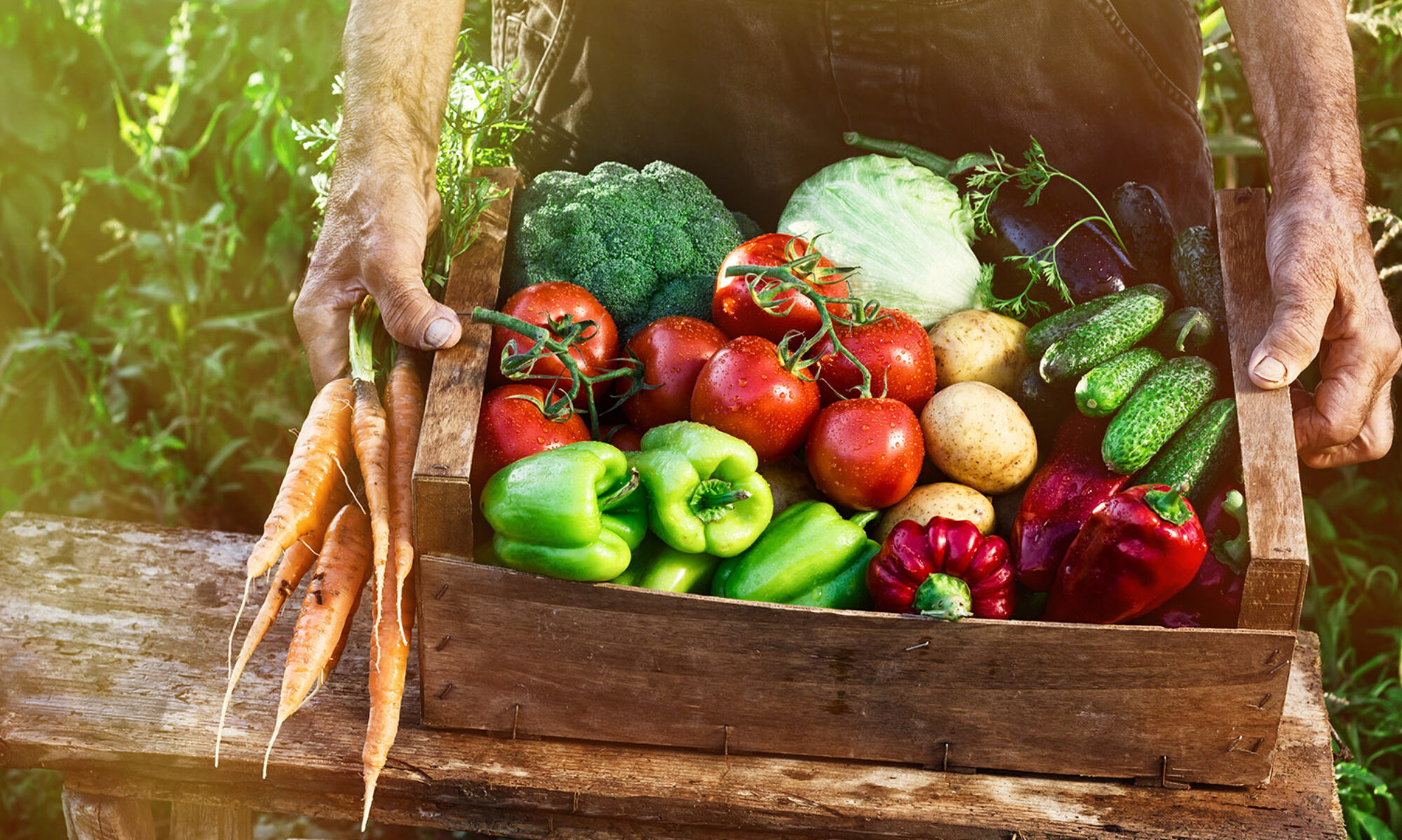Written by Lauren Thomas, 3L at Texas A&M School of Law and 2018-2019 Careers Chair

This summer I traveled to South Korea to visit a good friend of mine from college and learn about his home country. I stayed at his family’s home in Pocheon, a city north of Seoul. Their home was beautiful. My friend informed me that many Koreans prefer to live in apartments in Seoul, but my friend’s parents opted for the “country” life. Their country life came with a spacious floorplan, high ceilings, a beautiful gated yard, and an organic garden just outside the back porch.

I learned during my stay that Koreans have amazing food, and they are very passionate about traditional Korean cuisine. I tried bulgogi (Korean marinated BBQ), naengmyeon (a cold noodle dish), and many types of banchan (small dishes typically consisting of various types of vegetables). One evening after dinner, in an effort to help clean the table, I threw leftovers from a side dish into the trash can, and my friend’s mother quickly retrieved the leftovers from the trashcan. She placed them into a separate plastic bag, and explained that in Korea, the food waste must be separated from the rest of the waste.
In 1995, Korea buried 72.3% of food waste. In 2009, Korea recycled 60% of food waste. The Korean government’s food waste reduction laws are governed by the 1986 Wastes Control Act and the 1992 Act on Promotion of Saving and Recycling Resources. In 1995, South Korea began a volume-based waste fee system that is based on the “polluter pays” principle; the producer of the waste is responsible for paying a fee that is determined by the weight of the food waste they produce.

In order to implement this law, local governments have the authority to determine how to implement the polluter pays principle, and they typically choose between three different approaches to implement the laws: the plastic bag approach, the sticker approach, and the RFID approach. The plastic bag approach permits local governments to specially designate plastic bags for citizens to collect their food waste for weighing. The sticker approach requires the resident to purchase a sticker and place the sticker on their garbage bin. The garbage will only be picked up and weighed if the sticker is on the bin. Finally, the radio frequency identification tags (“RFID”) approach involves local governments assigning RFID cards to residents for them to log their waste when they dispose of their food waste in designated bins. The RFID cards then allow the local governments to charge the residents for their food waste volume accordingly.

As a law student, I am thankful for the opportunity to witness first-hand how a government’s food waste policy transformed into law. As a foodie and traveler, I am grateful for my friend’s hospitality, for good Korean food, and for the opportunity to visit a new country and observe new things. From my observations, I think the Korean government has figured out a solid solution for their country’s abundance of food waste.

Legislative Council Commission, Information Note, South Korea’s Waste Management Policies, 26 March 2013, retrieved from: https://www.legco.gov.hk/yr12-13/english/sec/library/1213inc04-e.pdf (last accessed Aug. 12, 2018).
